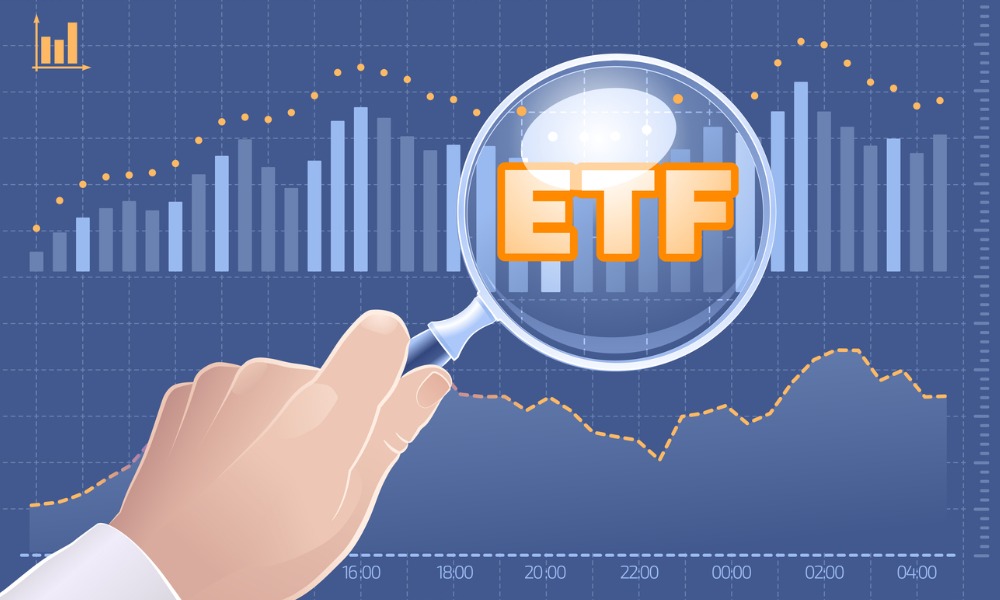Authors of new study unearth evidence of puzzling investor preference for higher-cost ETFs

The asset-management industry is grappling with challenges on a number of fronts, including increasing pressure to bring down fees on investment funds such as ETFs. But a new study suggests that investors aren’t necessarily benefitting from that trend.
Citing new research published in the Financial Analysts Journal, Institutional Investor reported that average fund fees in the U.S. declined by more than a third (34.2%) between 2009 and 2017. However, expenses were found to have increased in 2018.
“Following this increase, investors were paying almost exactly the same average expense ratios as they were in 2004, despite a stream of news stories detailing fee competition across the industry,” the authors of the study said.
Given that, the researchers questioned the generally accepted view of revenues being threatened by an ongoing fee war among asset managers. They noted that while some of the most popular investment categories have offer “tremendous deals,” the competition among fund providers has not resulted in an across-the-board lowering of expenses paid on ETFs.
Some of the newest and fastest-growing ETF products were found to be the most expensive. “They were passively managed funds figuring out a way to charge more than 40 [basis points],” Travis Box, an assistant professor of finance in the College of Business at Clemson University and one of the study’s authors, told Institutional Investor.
He noted that investors who did not change their portfolios at all on January 1, 2018 would have seen a reduction in the fees they paid. But since the average expense ratios paid by investors were almost unchanged from 2004, Box and his co-authors concluded that they were actively deciding to reallocate to more expensive funds.
“It’s not the sponsors’ fault. Investors moved or added new money into these more narrowly defined strategies that tended to cost more,” Box told the publication.
Because the study was quantitative, he could not determine the exact reasons behind the decisions apparently made by investors. But he was willing to guess that investors are comparing ETFs that charge a 40-basis-point fee with pricier active funds, and switching accordingly.
More narrowly defined funds — ETFs that follow low-volatility strategies, for example — may also be commanding higher fees among investors. But while they may look more complex to the untrained investor’s eye, Box asserted that such funds are still quite simple for asset managers to oversee and “incredibly cheap to put together.”
“You can buy a number of stock market index funds for less than five basis points,” he said. “Why pay 40 basis points to hold a portfolio of 50 securities that is still passively managed?”
According to the study, the number of funds listed in the U.S. increased from 145 in 2004 to 2,028 in 2018, with newer ETFs often holding more specialized portfolios than older funds.



